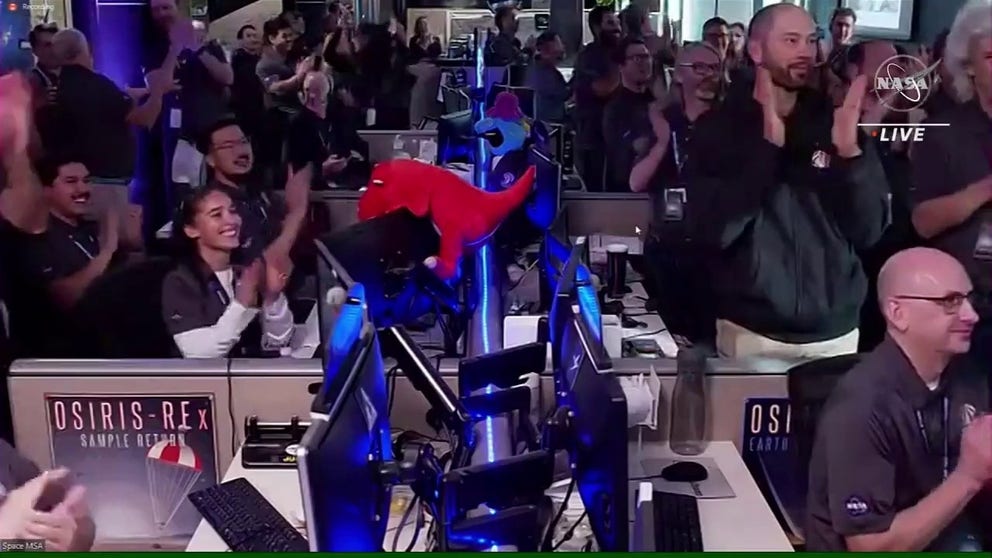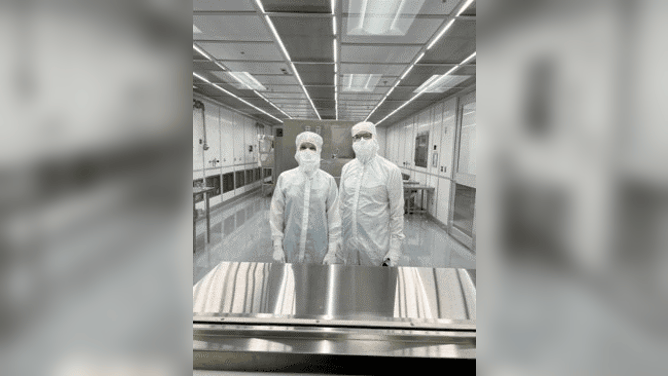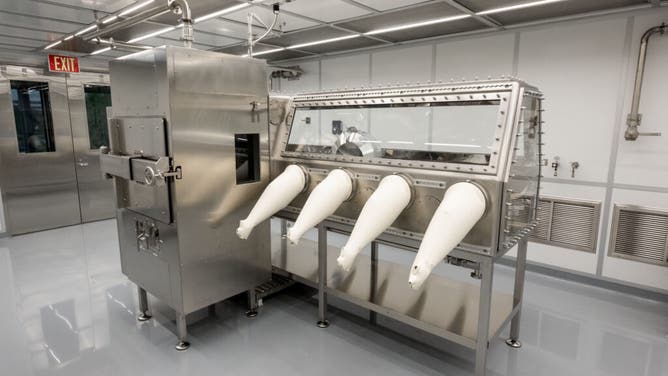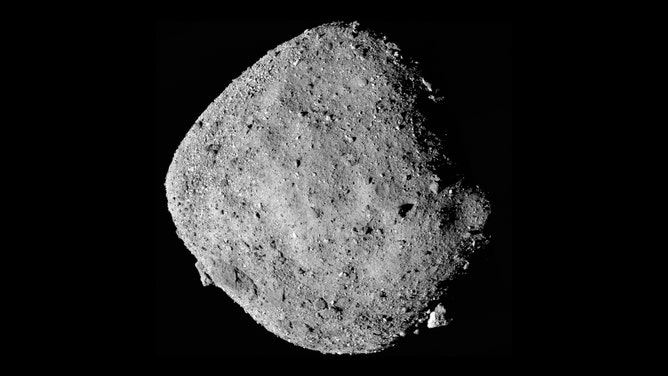NASA's asteroid sample arrives in Houston where scientists have big plans for bits of Bennu
After traveling at speeds up to 27,000 mph and blasting through Earth's atmosphere, NASA's asteroid sample still had more travel to complete. On Monday, asteroid Bennu bits made the last leg of the journey to a specialized clean room at Johnson Space Center in Houston.
Mission success: NASA's OSIRIS-REx returns asteroid sample to Earth
NASA and Lockheed Martin teams celebrate after the sample from the asteroid Bennu landed in the desert of Utah on Sunday. The OSIRIS-REx spacecraft collected pieces from Bennu in 2020.
HOUSTON – Pieces of ancient asteroid Bennu collected by NASA's OSIRIS-REx spacecraft have arrived in Houston after surviving the descent to Earth and landing in Utah over the weekend.
The arrival at Johnson Space Center in Houston marks the success of a seven-year mission for the OSIRIS-REx spacecraft, which stands for Origins, Spectral Interpretation, Resource Identification, and Security–Regolith Explorer.
On Sunday, the spacecraft released a capsule containing about 9 ounces of rocks, dust and dirt collected from the asteroid Bennu in 2020. About four hours later, the sample landed inside the Defense Department’s Utah Test and Training Range.
After traveling up to 27,000 mph and blasting through Earth's atmosphere, the sample still had more travel to complete.
NASA DISCOVERS ASTEROID THAT HAS SLIGHT CHANCE OF HITTING EARTH ON VALENTINE'S DAY 2046
The capsule was safely collected by the OSIRIS-REx team and taken to a temporary clean room at the U.S. Army Dugway Proving Ground about 80 miles from Salt Lake City.
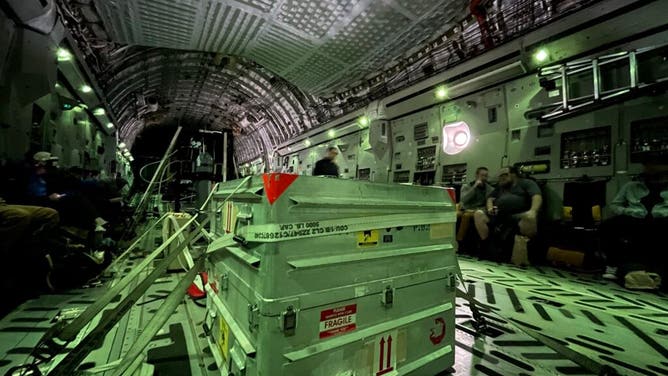
A shipping container with the canister of asteroid Bennu sample is strapped down onboard a U.S. Air Force C-17 aircraft. Credit: NASA/ Molly Wasser.
On Monday, the asteroid bits made the last leg of the journey onboard a U.S. Air Force C-17 aircraft, landing at Ellington Field before being taken to Johnson Space Center, where a specialized clean room for Bennu was waiting.
The OSIRIS-REx science team will use glove boxes to handle the sample canister containing the end of the robotic arm used to collect dirt, rocks and dust from Bennu's surface. After removing the asteroid sample from the TAGSAM, or Touch-and-Go Sample Acquisition Mechanism, each piece of hardware will be cataloged to preserve every bit of asteroid dust found outside of it.
The OSIRIS-REx science team, led by principal investigator Dante Lauretta with the University of Arizona, will analyze the ancient asteroid dust to understand the overall sample's chemical, mineralogical and physical makeup.
Bennu is believed to have broken off from a larger asteroid more than 4.5 billion years ago and is a fossil of our solar system. Scientists think it likely contains organic molecules from within 10 million years of our solar system's formation with clues to planet formation and how to protect Earth from potentially hazardous asteroids like Bennu.
On Oct. 11, NASA will share its initial findings from the asteroid sample.
Eventually, more than 200 scientists worldwide will study the asteroid sample. Part of the sample will be given to the Japanese Space Exploration Agency (JAXA) in exchange for some of the asteroid samples collected from the Japanese Hayabusa missions.
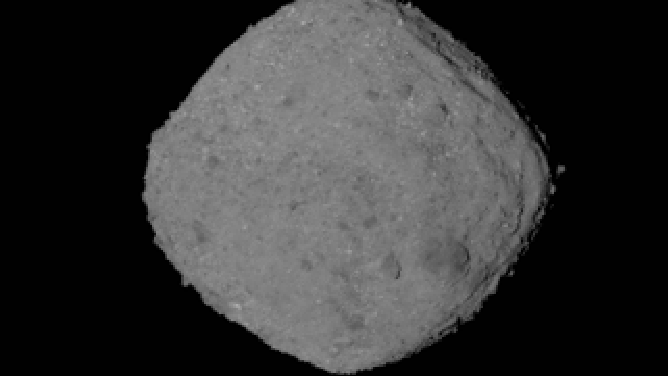
This set of images shows the asteroid Bennu rotating for one full revolution. Over a 4-hour and 11-minute period on Nov. 2, the PolyCam camera on NASA’s OSIRIS-REx spacecraft acquired a 2.5-millisecond image for every 10 degrees of the asteroid’s rotation. (Image: NASA/Goddard/University of Arizona)
(NASA/Goddard/University of Arizona)
Meanwhile, NASA's asteroid-sampling spacecraft is on a new mission called OSIRIS-APEX. In 2029, when asteroid Apophis flies by Earth, the spacecraft will use its thrusters to move around material on the asteroid to help scientists learn about its surface properties.
